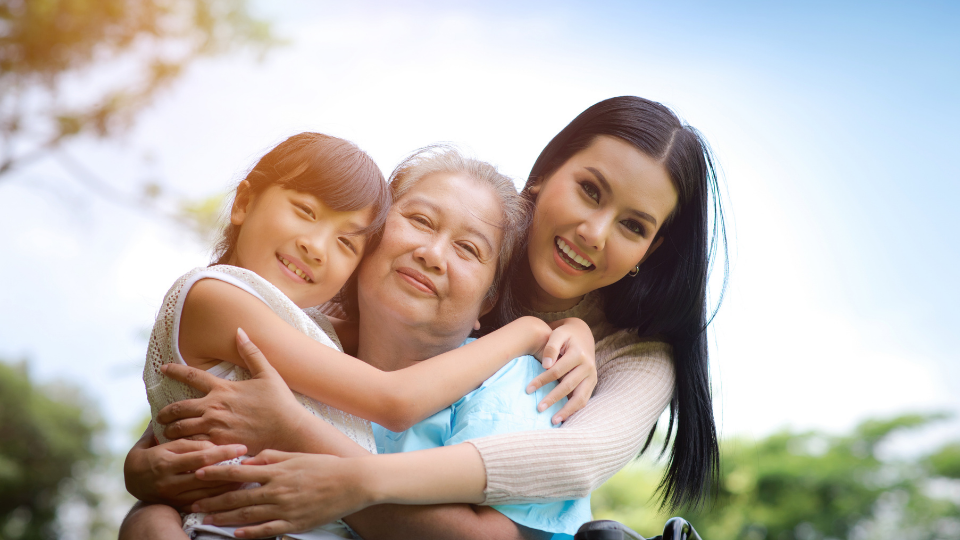USU UWLP Reports on the Status of Asian Women in Utah

As the diversity of the state increases, it can bring disparities between minority groups and the White population in terms of education, housing, and health outcomes. Information that helps to understand the status, conditions, and experiences within all social and identity groups—including race and ethnicity—is crucial in helping local and state decision makers address current needs.
The Utah State University Utah Women & Leadership Project (UWLP) has created a series of research reports on women of color to help understand the experiences of Utah women and girls. This report focuses on Asian women in Utah and is the second in a series of five.
The term “Asian” represents more than 20 ethnicities and multiple geographical regions. Currently, 37,747 Asian women live in Utah, representing 1.2% of the state’s population.
Susan Madsen, founding director of the UWLP and one of three report authors, said researchers were able to collect data in five areas, including general demographics, health, basic needs, education, and income and employment, which is reported below.
“Using these data to create policies that support all Utah residents, including Asian women, can strengthen Utah’s workplaces, educational institutions, communities, and the state as a whole,” she said.
Health – Asian women in Utah fair relatively well in the area of health. As a whole, they are more likely to have health insurance (91.7%) than Utah women in general (88.8%) and are more likely to receive preventative care and are less likely to experience poor health outcomes. They are also less likely to report poor mental health (17.9% vs. 23.6%) or a diagnosis of major depressive disorder (11.8% vs. 29.7%).
Basic Needs – Utah Asian women are more likely to report no access to water (13.9%) than other Utah women (10.6%) but less than all U.S. women (14.4%). Fewer Utah Asian women report having no internet access at home (3.4%), a smaller share than Utah women in general (5.1%). The Utah Office for Victims of Crime report that, of those who applied for crime victim reparations between 2019 and 2021, 81.6% were women, and 0.8% were identified as Asian.
Education – According to the 5-Year U.S. Census Microdata, Utah Asian women have much higher rates of attaining a bachelor’s degree (44.3% vs. 29.0% of all Utah women). The 5-year average completion rates of college-enrolled Asian women in Utah is 31.2% compared to Utah women at 27.9%.
Income – The median personal income for Utah Asian women ($21,856) is similar to the median income for other Utah women ($19,245). However, Asian women face greater rates of poverty – 14.1% vs. 10.8%.
Occupation – Asian women were similar to all Utah women in many occupations. The greatest disparities were in manufacturing with 15% Asian women and 6.6% other Utah women in these jobs, and health and education with 27.4% Asian women and 34.3% other Utah women.
“As the state continues to become more diverse, it is critical that the Utah Women & Leadership Project conducts and reports research focused on women of color,” said Madsen. “As we provide greater access and opportunity to all residents, the state can use these data to better use the talents, ideas, and resources Asian women offer the state, employers, and Utah families.”
Additional report authors are Jessica C. Hill, Utah Valley University, and Marin Christensen UWLP associate director.
To see the full report, including references, click here. For further information on UWLP programs and projects, visit utwomen.org.
Contact
Susan Madsen
Susan.Madsen@usu.edu


 Utah 4-H & Youth
Utah 4-H & Youth